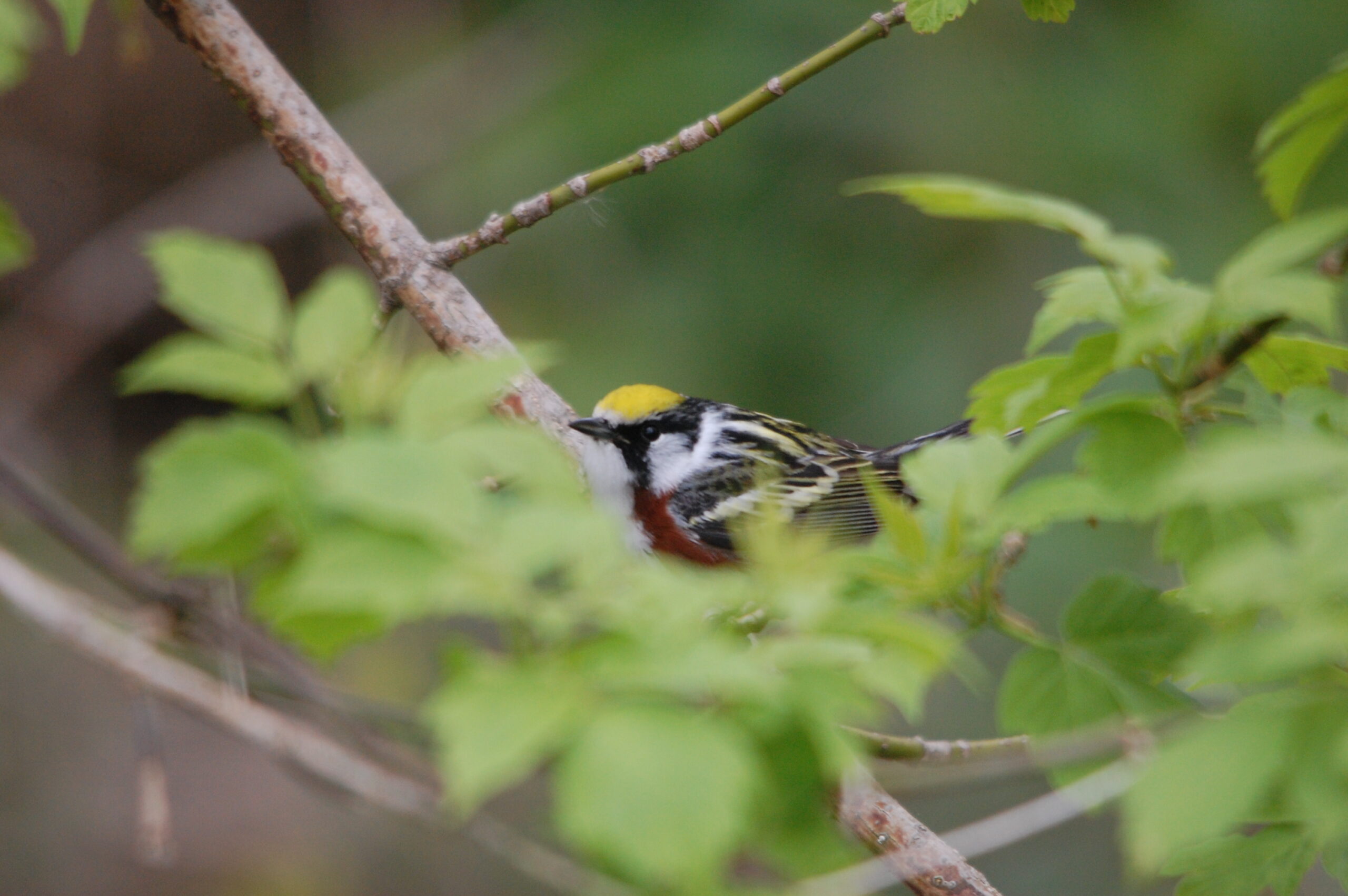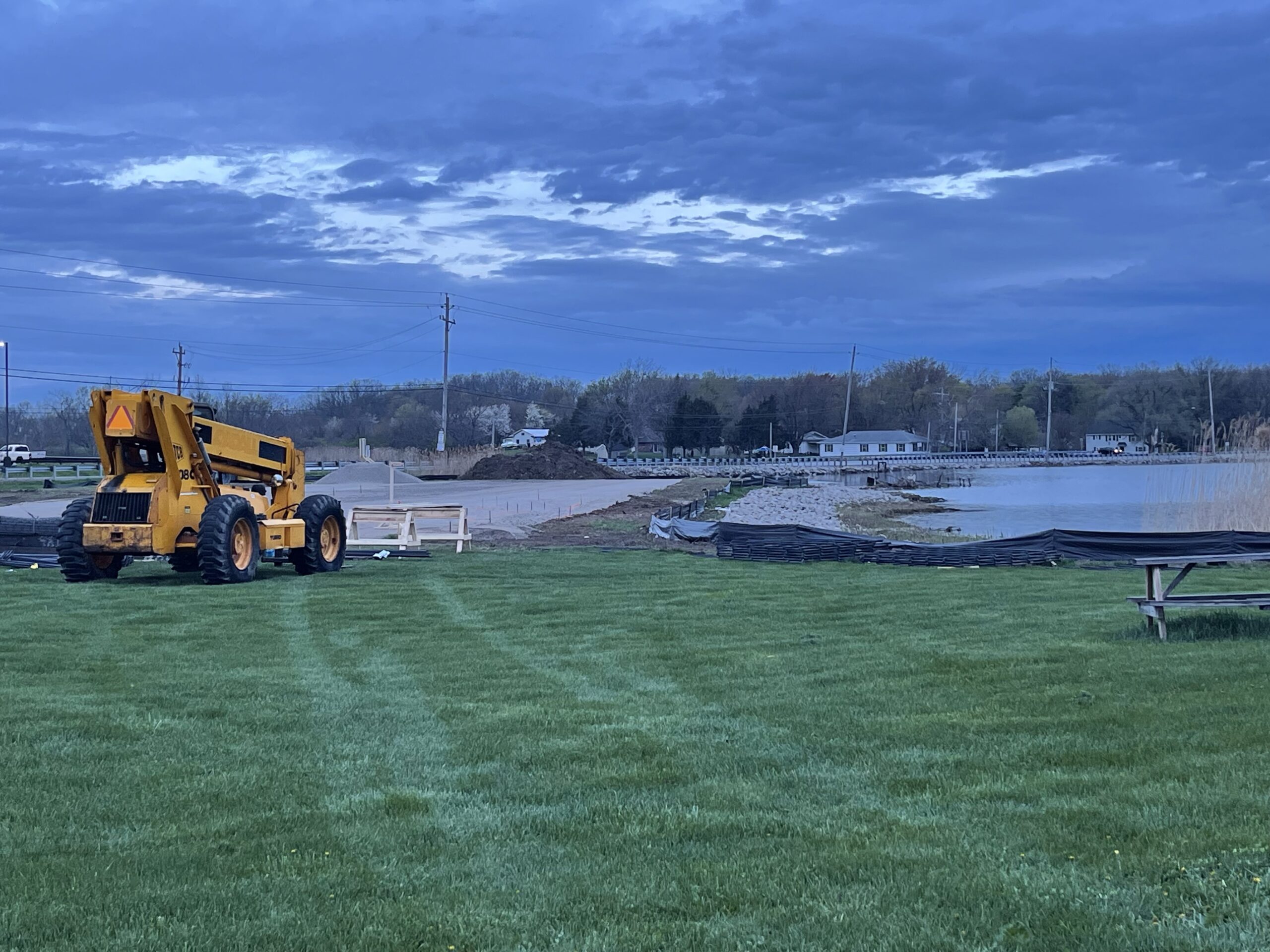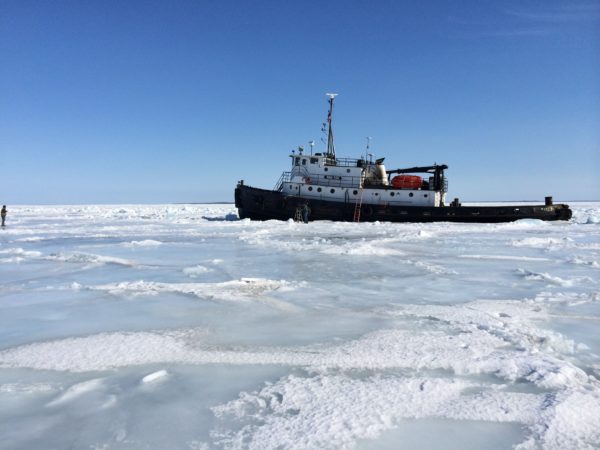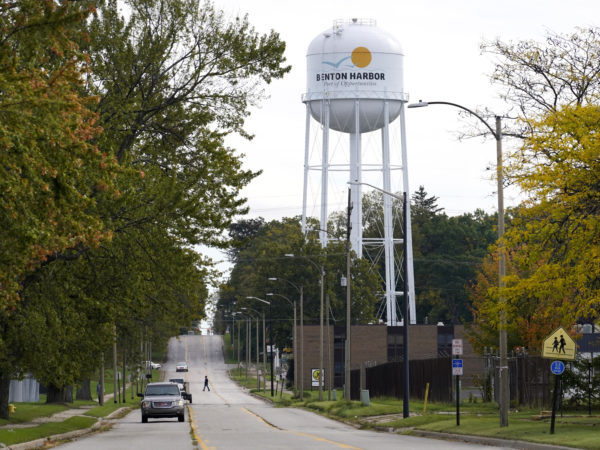
The Biggest Week in American Birding draws a worldwide audience to glimpse dozens of species of migrating birds including the stars of the show, tiny warblers, as well as local birds in northern Ohio — and officials say they’ve been seeing changes in recent years.
“There appears to be a little shifting in the short-distance migrants versus the tropical migrants,” said Mark Shieldcastle, research director at Black Swamp Bird Observatory (BSBO), event host. “While there may be too short a timeframe, I theorize that a bird wintering in Georgia knows we got 70 degrees in Ohio because they have 75 or 80 and that would get them to move a little bit. But a bird in Costa Rica or Columbia has no idea it’s warm up here.”
Thus, he said, the early arrival of North American migrating birds may be explained. What concerns him is the availability of insects on the flight path, which may not coincide with some migrations.
“The warming trend could put the emergence of food and the arrival of birds out of sync. Insects here are going to emerge earlier because it’s warmer and that’s where we see potential problems,” said Shieldcastle. “Birds just aren’t going to change fast enough to coincide with a change in their food supply.”
Some species have early, regular and late migrations which protect the species from hiccups in the food supply. Other species travel from south to northern breeding grounds in a tighter window — and those are the ones most likely to suffer from changing climate patterns, he explained.
“Some aren’t as elastic as others and those are the ones that will get into trouble. The passenger pigeon was extremely common but it wasn’t very elastic,” said Shieldcastle. “They required very certain habitats and as those disappeared, they had nowhere to move. A Kirtland warbler is that way a little bit, requiring a certain age jack pine, and what that could do over a long term, who knows?”
One thing is certain, though, he said, small changes are afoot.
“We’re definitely seeing individuals show up earlier, but is that because they’re early or because there’s more eyes looking for them or are they having a better chance of surviving so they’re alive longer to be seen?” Shieldcastle asked. “So it’s kind of early to say that in the amount of time we’ve had. And that’s one concern, instead of this change in climate taking a couple centuries it’s going to take a decade or two. Will things be able to adapt quick enough — you know the old adage, either you adapt, mutate or die.”
New arrivals in northern Ohio

A chestnut-sided warbler tucked behind foliage at Magee Marsh Wildlife Area. (Photo by James Proffitt)
“The biggest trend in my opinion since I got here in 2011 is the white pelicans,” said Jason Lewis, manager of Ottawa National Wildlife Refuge. “Just lately they’ve been wintering here. We’ve had quite a few birds hanging out in the estuary all winter which is pretty spectacular. I think in general it has to do with a shift in their migration patterns and a wonderful freshwater resource here.”
Lewis speculates diminishing ice on Lake Erie during winters is a factor.
“I will say when we don’t have as much ice cover, birds like white pelicans can use their techniques catching fish. And we’ve had the least amount of ice cover we’ve ever had at least for a few years so I think that maybe speaks to why we’ve seen more birds around this winter than in previous winters.”
According to Shieldcastle, some species that nest in southern Ohio have broadened their range.
“Blue grosbeaks and summer tanagers are common breeders in the Oak Openings area, but they were strictly a southern Ohio bird just a couple decades ago, so there are some things changing like that,” he said.
Sandhill cranes have also begun visiting northern Ohio in just the past decade, and the wading marsh birds have recently been spotted grazing in open farm fields.
Habitat loss number one issue

About 300 feet of waterfront near West Harbor is currently being developed with a hotel — one of many small habitat losses for wading birds in the region. (Photo by James Proffitt)
While climate change will exacerbate issues for birds, Shieldcastle said he believes habitat loss still remains the top issue.
“It doesn’t matter what the temperature is or the weather is like, if you’ve got no place to go you’ve got no place to go,” he said. “You can kill things only once with changing temperature over time or with a large spinning blade or you can kill them with tall buildings or by asphalting over their habitat. It’s keeping things in perspective that we’re not fighting one issue it’s a multiple of issues all of which are getting more complicated.”
Cornell Lab of Ornithology’s NestWatch project aims to create long-term data tracking birds’ nesting and reproduction habits using thousands of citizen scientists worldwide who monitor and report information about locations, dates, nests, eggs, fledglings, etc. That information will allow scientists to track climate-related trends including migration, nests in new areas or moves away from historical sites.
Biggest week trends

Zooming in to find a hidden woodcock in tall grass at Magee Marsh Wildlife Area. (Photo by James Proffitt)
Jasmine Cupp, outreach director at BSBO said Biggest Week has adapted to attendees’ needs. Sure, there are still $10 and $15 programs and of course, dozens of birding sites can be visited free. Recent changes include accessibility sites for visitors with health and mobility issues plus trips specifically designed for special needs guests.
And members of the Ohio Young Birders Club will offer presentations.
“I’m really excited to get the kids out,” Cupp said. “It’s the best, oh my gosh. If you ever want to have a rejuvenation, just go and listen to a nine-year-old giving a presentation at the Magee Marsh Visitors Center. It’s so, so cool.”
Since the pandemic, she said, the number of guided van trips has gone down while the number of “we lead you follow” trips has grown.
“We can have more people attend each trip and people can do their own thing afterward,” Cupp said. “There are really a lot of perks to it that attendees really seem to appreciate it.”
Catch more news at Great Lakes Now:
Points North: Birds of Paradise
Great Lakes Moment: A community science survey
Featured image: The Magee Marsh boardwalk is crowded but quiet during Biggest Week as a pair of birders spy something special. (Photo by James Proffitt)




